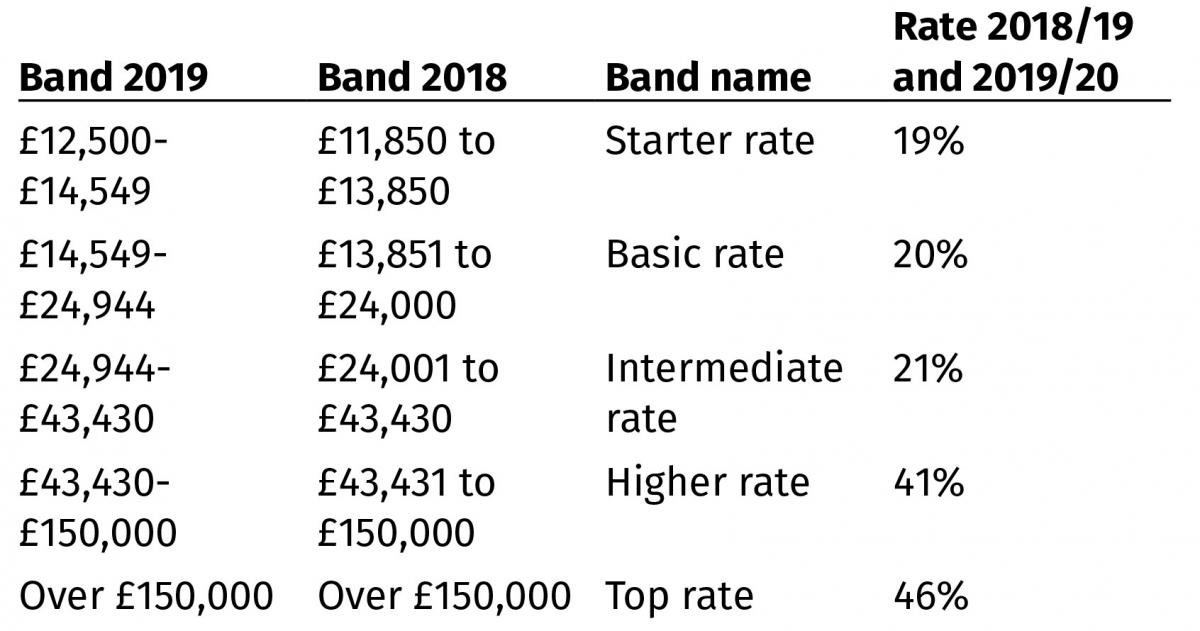Highlights from the draft Scottish Budget 2019/20 include: the income tax higher rate threshold will remain frozen at £43,430 in 2019/20, widening the gap between this threshold and the UK higher rate threshold, which will be £50,000 in 2019/20; the additional dwelling supplement for land and buildings transaction tax will rise from 3% to 4% from 25 January 2019; the LBTT non-residential transaction rates and lower rate threshold will change with effect from 25 January 2019; the rates of Scottish landfill tax will be increased by inflation to keep these rates in line with landfill tax charges in the rest of the UK; and the introduction of air departure tax (originally expected to be devolved with effect from 1 April 2018) and the aggregates levy continue to be deferred. Note, however, that the Scottish government does not command a majority, so these proposed changes are not yet set in stone.



Highlights from the draft Scottish Budget 2019/20 include: the income tax higher rate threshold will remain frozen at £43,430 in 2019/20, widening the gap between this threshold and the UK higher rate threshold, which will be £50,000 in 2019/20; the additional dwelling supplement for land and buildings transaction tax will rise from 3% to 4% from 25 January 2019; the LBTT non-residential transaction rates and lower rate threshold will change with effect from 25 January 2019; the rates of Scottish landfill tax will be increased by inflation to keep these rates in line with landfill tax charges in the rest of the UK; and the introduction of air departure tax (originally expected to be devolved with effect from 1 April 2018) and the aggregates levy continue to be deferred. Note, however, that the Scottish government does not command a majority, so these proposed changes are not yet set in stone.










